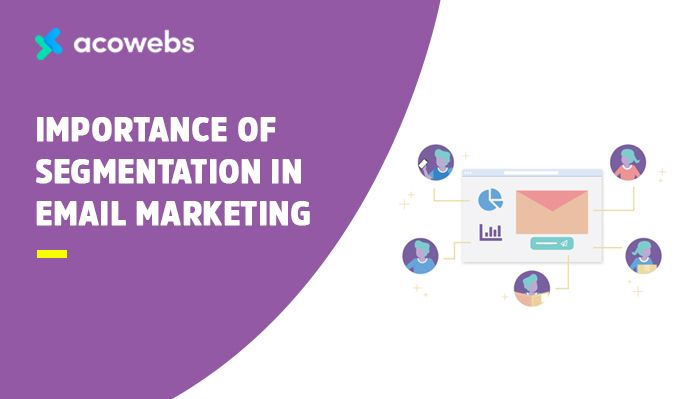As a tech company, email marketing is a crucial tool in your digital marketing strategy. With so much noise and competition in the online world, standing out and engaging your audience effectively is key. One powerful strategy that can significantly boost your email marketing performance is segmentation.
What is Segmentation?
Segmentation involves dividing your email list into smaller, more targeted groups based on certain criteria such as demographics, behavior, interests, or purchase history. By sending tailored messages to each segment, you can increase relevance and engagement, leading to higher open rates, click-through rates, and conversions.
Why Segmentation Matters
1. Personalization: Segmentation allows you to personalize your email content to better resonate with each segment of your audience. By addressing their specific needs, pain points, or interests, you can create a more meaningful connection with your subscribers.
2. Improved Engagement: When you send relevant and targeted content to your subscribers, they are more likely to engage with your emails. Segmented campaigns tend to have higher open rates, click-through rates, and conversion rates compared to generic, one-size-fits-all campaigns.
3. Higher Conversion Rates: By delivering personalized content to the right people at the right time, segmentation can drive higher conversion rates. Whether you want to promote a new product, nurture leads, or re-engage inactive subscribers, segmentation can help you achieve your goals more effectively.
Types of Segmentation
There are various ways to segment your email list, depending on your goals and the data you have available:
1. Demographic Segmentation: Divide your audience based on demographic factors such as age, gender, location, income, or job title.
2. Behavioral Segmentation: Segment your audience based on their past interactions with your emails or website, such as open rates, click-through rates, purchases, or email preferences.
3. Psychographic Segmentation: Segment your audience based on their interests, values, lifestyles, attitudes, or personality traits.
4. Lifecycle Segmentation: Divide your audience based on where they are in the customer journey, such as new subscribers, repeat customers, or inactive users.
Best Practices for Segmentation
1. Collect Relevant Data: To effectively segment your email list, you need to collect and analyze relevant data about your subscribers. This can include information from sign-up forms, website activity, purchase history, or surveys.
2. Use Automation: Leverage email marketing automation tools to segment your audience dynamically based on their behavior and preferences. This will help you deliver the right message to the right people at the right time.
3. Test and Optimize: Continuously test different segmentation strategies, content variations, and send times to see what resonates best with your audience. Use A/B testing to optimize your campaigns for maximum performance.
Conclusion
Segmentation is a powerful strategy that can significantly improve the effectiveness of your email marketing efforts. By dividing your audience into smaller, more targeted groups and delivering personalized content, you can increase engagement, conversions, and ultimately, achieve your business goals. Invest time and resources in segmentation, and you’ll see impressive results in your email marketing campaigns.
Are you ready to take your email marketing to the next level? Start segmenting your email list today and watch your results soar!

